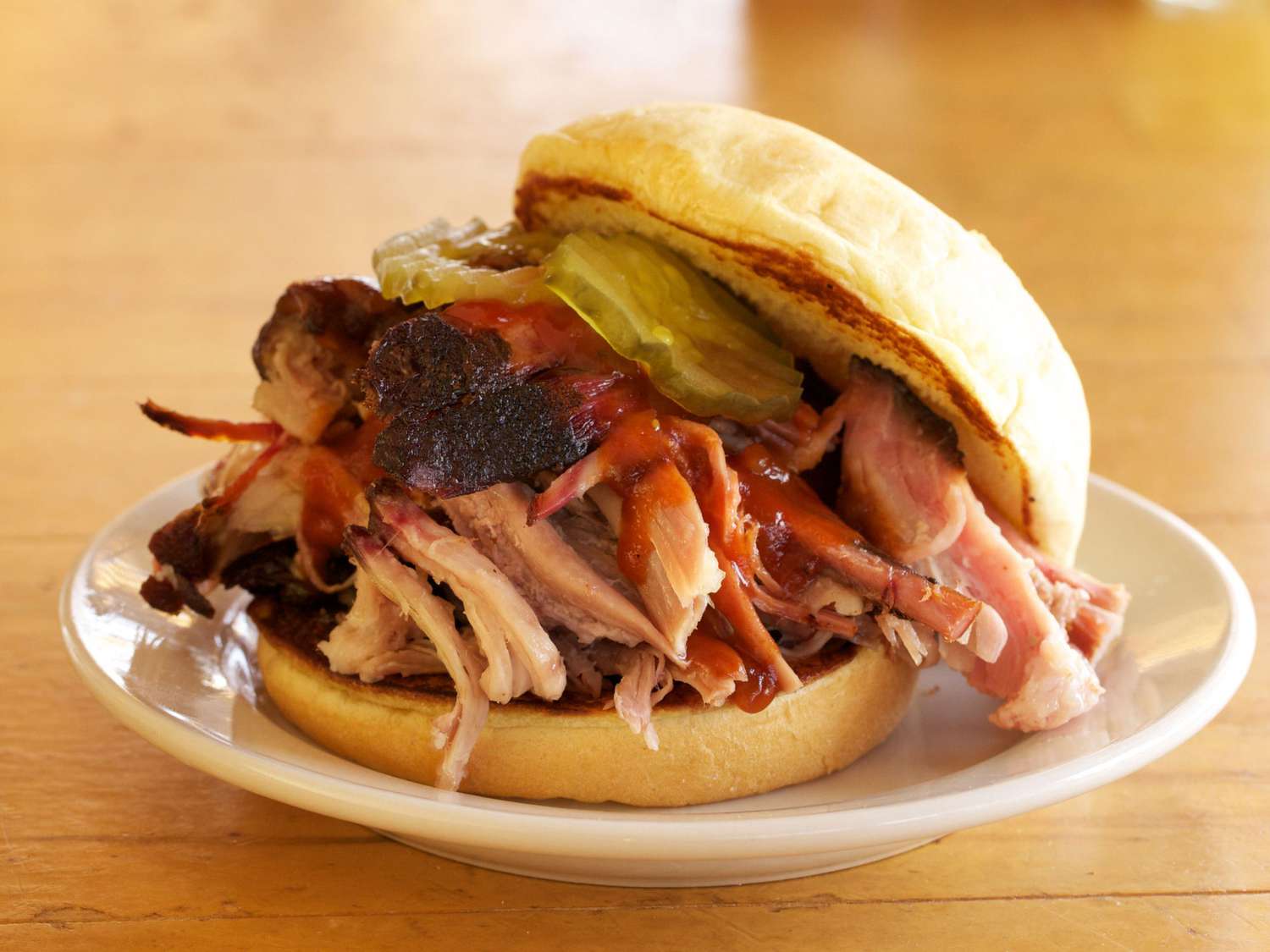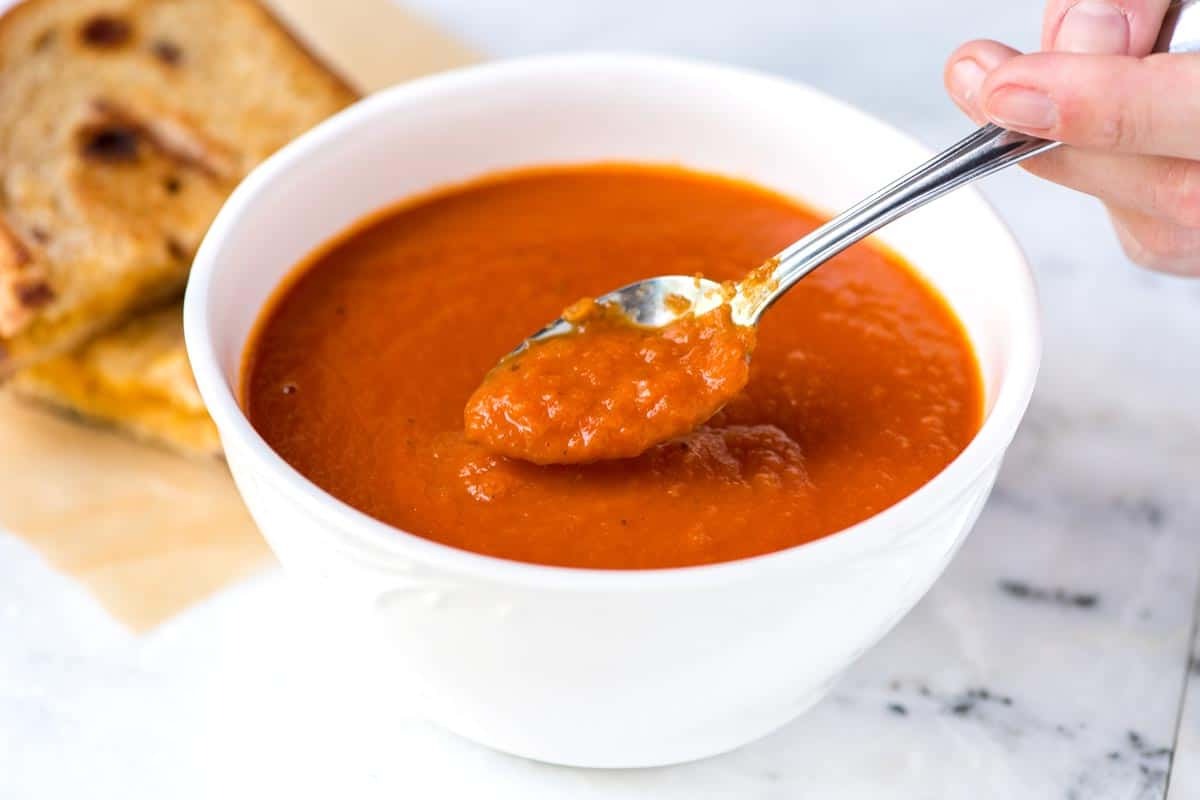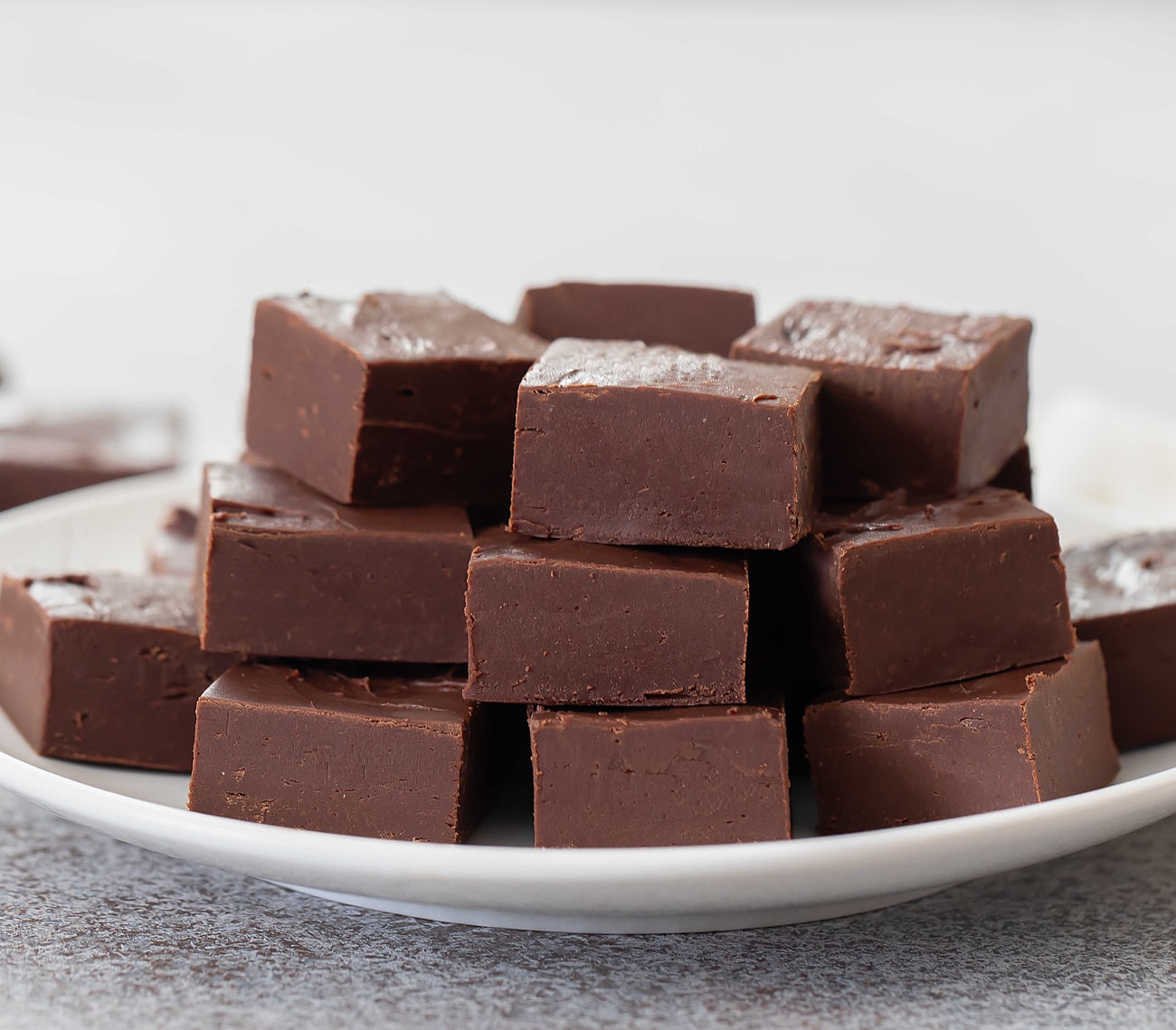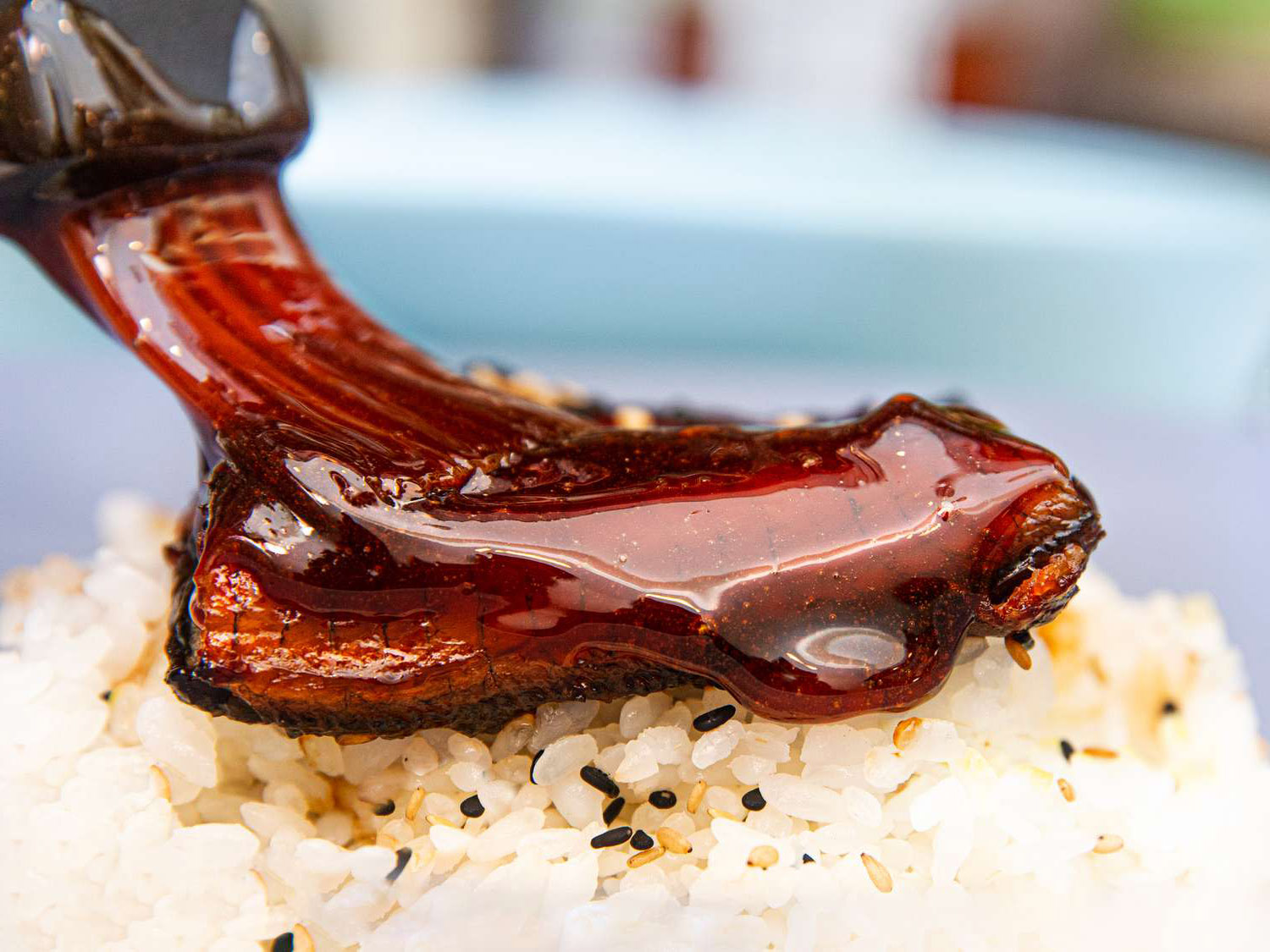Discovering Bucatini: A Delectable Italian Pasta
When it comes to Italian cuisine, pasta is undoubtedly a staple that has captured the hearts and taste buds of people all around the world. From classic spaghetti to hearty lasagna, there is a wide variety of pasta types to choose from. One lesser-known yet equally delicious pasta variety is bucatini.
So, what exactly is bucatini? Let’s delve into the world of this unique pasta and uncover what makes it so special.
What is Bucatini?
Bucatini is a type of pasta that hails from Italy. It is characterized by its long, hollow, and thick strands, similar in shape to spaghetti but with a hollow center. This hollow center gives bucatini its distinctive texture and allows it to hold sauces exceptionally well.
Typically made from durum wheat semolina, bucatini is a versatile pasta that can be paired with a wide range of sauces and ingredients. Its name is derived from the Italian word “buco,” which means hole, perfectly describing its unique structure.
How is Bucatini Used in Cooking?
Bucatini’s versatility makes it a popular choice for a variety of dishes. Whether it’s tossed in a rich tomato sauce, paired with seafood, or simply dressed with olive oil and herbs, bucatini holds its own in the culinary world.
One of the most famous dishes featuring bucatini is spaghetti alla carbonara. This classic Roman dish combines bucatini with a creamy sauce made from eggs, cheese, pancetta, and black pepper, resulting in a decadent and satisfying meal.
Additionally, bucatini is often used in pasta dishes where a thicker sauce is involved, as its hollow center allows the sauce to cling to the pasta, creating a harmonious blend of flavors in every bite.
Where Can You Find Bucatini?
While bucatini may not be as widely available as some of its more popular pasta counterparts, it can often be found in specialty Italian grocery stores or gourmet food shops. Many online retailers also offer bucatini for purchase, making it accessible to pasta enthusiasts around the globe.
When cooking with bucatini, it’s important to follow the specific cooking instructions to ensure that it achieves the perfect al dente texture. This involves boiling the pasta in salted water until it is firm to the bite, allowing it to retain its unique chewy consistency.
Why You Should Try Bucatini
If you’re a pasta lover looking to expand your culinary horizons, bucatini is definitely worth a try. Its ability to elevate simple pasta dishes to new heights and its delightful texture make it a standout choice for any pasta recipe.
Whether you’re a fan of traditional Italian cooking or simply enjoy experimenting with new ingredients, incorporating bucatini into your culinary repertoire can add a delightful twist to your meals.
So, the next time you’re perusing the pasta aisle or planning a special Italian-inspired dinner, consider picking up a package of bucatini and embark on a culinary adventure that celebrates the rich tradition of Italian pasta.
With its unique shape, versatile nature, and ability to hold sauces like no other, bucatini is a pasta variety that deserves a place in every pasta lover’s kitchen.
Was this page helpful?
Read Next: What Is The Difference In Amish Potato Salad?
fitnessmount
We are providing all the details of the fitness-related products with buying guide in a crisp way. You need not go to other sites to read a long article. You will get all the information on a single page. So grab the best deal. The best thing is that we know that your time is important that's why we don't waste your time by providing long content.











